Google simplifies video enhancement with always-on Video Boost for Pixel

Google offers a nifty AI feature dubbed "Video Boost" that let's Pixel 8 Pro and Pixel 9 Pro users enhance videos by sending them into the company's cloud infrastructure.

Until now, users had to manually toggle Video Boost to use it for a recording. This was an issue since you couldn't use the feature on a video that's already been recorded, so if you forgot to turn it on in advance, you had already missed the opportunity.
But now Google has offered a solution for this—allowing it to stay on by default.
How does Video Boost on Pixel phones work?

When you turn Video Boost on, the phone produces two copies of the video you are recording. One of these copies comes with a smaller file size which has the usual on-device editing applied to it, while the other has a larger file size with more information stored in it, which is automatically sent to Google's cloud infrastructure.
The video that's been sent to Google to process by its AI algorithms is reworked and then sent back to your phone. The main things that we have noticed it does is rebalancing the light and improving the HDR, increasing sharpness, adjusting the colors and stabilizing the image.
The video that's been sent to Google to process by its AI algorithms is reworked and then sent back to your phone. The main things that we have noticed it does is rebalancing the light and improving the HDR, increasing sharpness, adjusting the colors and stabilizing the image.
Once the video is ready, it will automatically show up in your Google Photos library, although you do need a connection for this process to happen.
There's one more quality of life change we want to see
But while Video Boost promises better video quality, its default 4K setting is a storage hog and makes things much slower. You do have the option to switch to Full HD, but that part you still have to do manually every time. Google should give users the option to make that setting default as well.
Google is slowly rolling out this change to the Video Boost feature to devices that support it, which includes the Pixel 8 Pro, Pixel 9 Pro, and Pixel 9 Pro XL. And since the upcoming Pixel 9a is expected to have the same processor as the rest of the Pixel 9 series (Tensor G4), there's some chance Video Boost will trickle down to Google's mid-ranger too.
Google is slowly rolling out this change to the Video Boost feature to devices that support it, which includes the Pixel 8 Pro, Pixel 9 Pro, and Pixel 9 Pro XL. And since the upcoming Pixel 9a is expected to have the same processor as the rest of the Pixel 9 series (Tensor G4), there's some chance Video Boost will trickle down to Google's mid-ranger too.

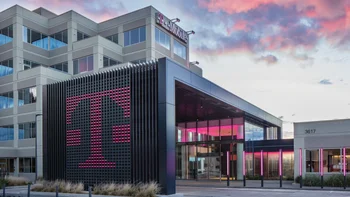




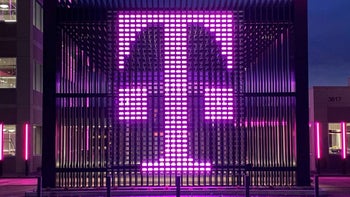
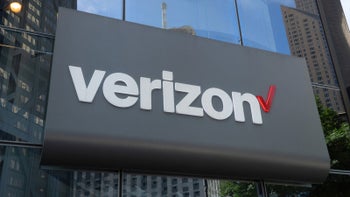
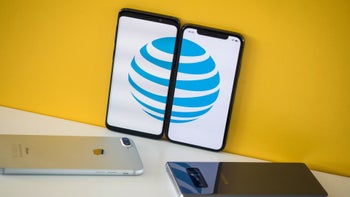

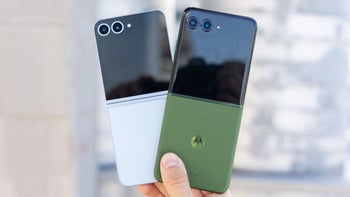
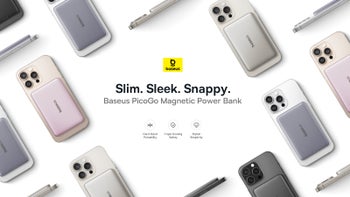
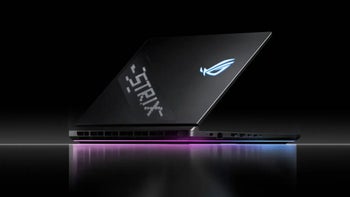
Things that are NOT allowed: